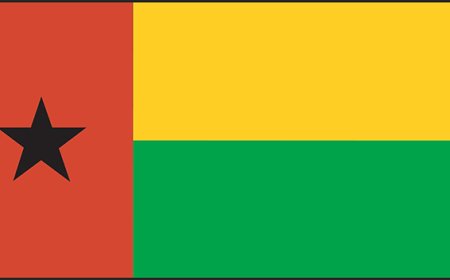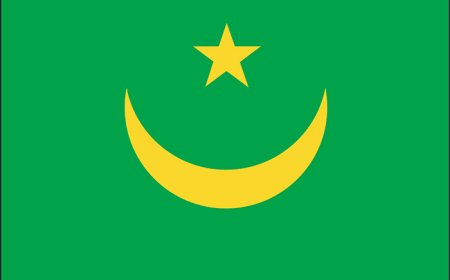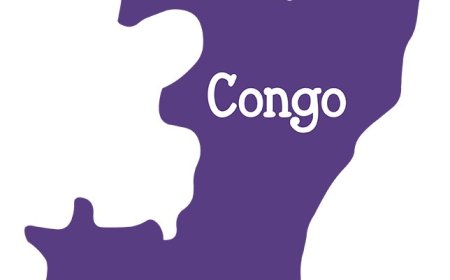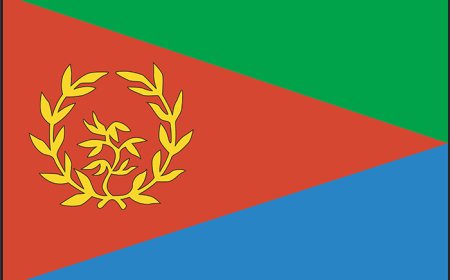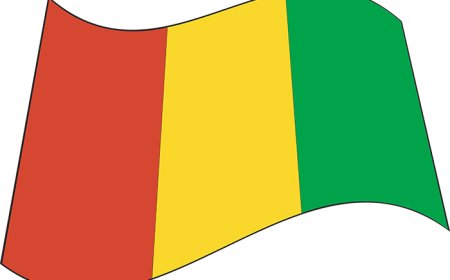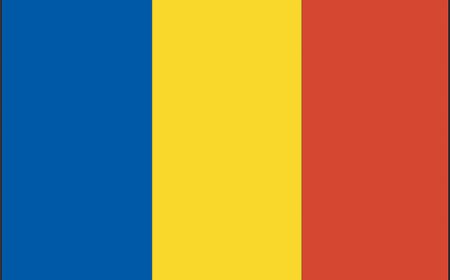Libya for Students: Geography, History, and Culture of a North African Nation
Learn about Libya’s Sahara deserts, ancient cities, and modern-day society in this student-friendly country profile. Includes quiz, vocabulary list, and fun facts.
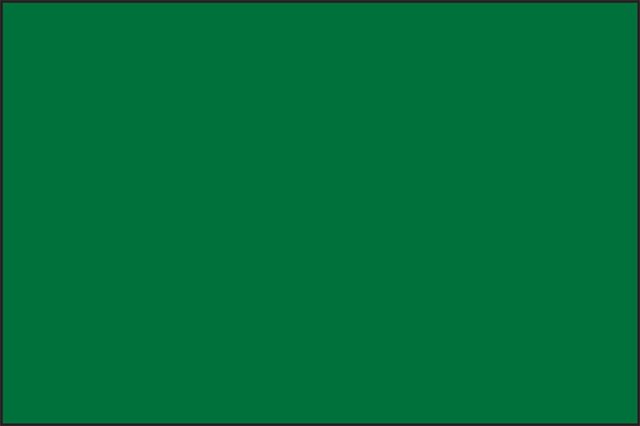
🌍 Introduction: Between Sand, Sea, and Time
Libya is a country located in North Africa, bordered by the Mediterranean Sea to the north and the Sahara Desert to the south. Known for its vast deserts and ancient history, Libya is a land of extremes—blistering heat in the south, cool sea breezes in the north, and a blend of quiet rural life and fast-changing urban centers. Though often recognized for its oil resources and political challenges in recent decades, Libya also holds some of the oldest and most well-preserved Roman ruins in the world.
Today, Libya continues to rebuild and reshape its identity. With its deep cultural roots and unique environment, Libya is a place where tradition and history meet the challenges of the modern world.
🌐 Geography and Environment
Libya is the fourth-largest country in Africa and the 16th-largest in the world, covering an area of about 1.76 million square kilometers (about 679,000 square miles). It shares borders with Tunisia, Algeria, Niger, Chad, Sudan, and Egypt. Much of Libya lies within the Sahara Desert, and it is one of the driest and hottest countries on Earth.
The northern coast of Libya lies along the Mediterranean Sea, where cities like Tripoli and Benghazi are located. These areas receive a little more rainfall and have a Mediterranean climate, with hot, dry summers and mild, wet winters. Moving south, the land becomes flat and sandy, with rocky plateaus and dunes that stretch as far as the eye can see.
Because of its desert environment, most Libyans live in the northern region near the coast, where the land is more suitable for farming and where water is easier to find.
🏛️ Government, Language, and Population
Libya has faced many political changes over the past few decades. After being ruled by Muammar Gaddafi for more than 40 years, Libya experienced a major revolution in 2011, part of the Arab Spring movement. Since then, the country has been working toward a stable democratic government, but it still faces internal conflicts between different regions and political groups.
The capital city is Tripoli, located in the northwest along the Mediterranean. Libya has a population of about 7 million people, with most living in cities along the coast. The official language is Arabic, and the vast majority of the population practices Islam, mostly following the Sunni tradition.
The country’s official currency is the Libyan dinar (LYD). Although Arabic is the main language spoken, some people also speak Italian or English, especially in urban areas and among older generations who experienced earlier European influences.
🎭 Culture and Daily Life
Libyan culture is a mix of Arab, Berber, and Mediterranean traditions. Family and religion are very important parts of daily life. Most people live in extended families and gather regularly for meals and celebrations. In rural areas, traditional lifestyles are still practiced, while city life includes modern technology, schools, and media.
Libyan food reflects the country’s geography and history. Meals often include couscous, lamb, rice, dates, and olives. A traditional Libyan dish is bazeen, a thick dough ball made from barley flour served with meat, vegetables, and spicy tomato sauce. Mint tea is a popular drink, often served when guests visit.
Most Libyan women wear modest clothing and cover their hair with a scarf, especially in public. Men may wear both Western-style clothing or traditional robes known as jalabiya. Music, storytelling, and poetry remain an important part of the culture, especially during family gatherings or holidays.
📜 History: Ancient Ruins and Recent Revolutions
Libya has a long and varied history stretching back thousands of years. In ancient times, it was home to Berber tribes and became part of several great empires.
The Phoenicians, Greeks, and later the Romans built important trading cities along the coast, such as Leptis Magna and Cyrene. These cities featured temples, theaters, and public baths, and their ruins are still visited today by tourists and archaeologists.
In the 7th century, Arab armies brought Islam and the Arabic language to Libya. The country later came under Ottoman rule, and in the early 1900s, it was taken over by Italy. Libya gained independence in 1951, becoming one of the first African nations to do so after World War II.
In 1969, Muammar Gaddafi seized power in a military coup and ruled for over 40 years. In 2011, during the Arab Spring, the Libyan people rose up and overthrew his regime. Since then, Libya has been in transition, working toward peace and democracy despite ongoing challenges.
💰 Economy and Resources
Libya’s economy is strongly based on its natural resources, especially oil and natural gas. These are exported to other countries and are the country’s main source of income. Libya has the largest proven oil reserves in Africa.
Before 2011, the oil industry supported free education, health care, and other public services. Since the revolution, the economy has struggled due to political instability and lower oil production. However, Libya still has great economic potential if peace and order can be restored.
In addition to oil, Libya has other resources such as iron ore, gypsum, and natural gas, as well as fishing and agriculture near the coast. Water is a major issue for Libya, and the country has built the Great Man-Made River, a system of underground pipes that brings water from desert aquifers to cities and farms.
🐪 Wildlife and Natural Wonders
Libya’s desert environment may seem lifeless at first, but it supports a surprising variety of wildlife and plants. In the desert, animals such as fennec foxes, desert hares, jackals, camels, and sand cats can survive in the harsh conditions. Birds like falcons, eagles, and desert owls are also found in the region.
The Libyan Desert is one of the most arid parts of the Sahara and includes impressive natural features like sand dunes, rock arches, and desert plateaus. Oases like Ghadames and Kufra are green areas with palm trees, where communities have lived for centuries.
Libya also has a long Mediterranean coastline with sandy beaches and rocky coves. Coastal waters support fish, sea turtles, and other marine life, though environmental protection is still developing in the country.
📚 Vocabulary List
Dinar The official currency of Libya
Sahara The largest hot desert in the world
Oasis A green area in a desert with water and plant life
Revolution A major change in government, often by protest or war
Islam The religion practiced by most Libyans
Ruins Remains of ancient buildings or cities
Coup A sudden takeover of government by force
Arab Spring A wave of protests and revolutions in Arab countries around 2010–2012
Berber Indigenous people of North Africa
Aquifer Underground layer of water-bearing rock
🧒 Kid-Friendly Summary
Libya is a large country in North Africa that has both beautiful beaches and giant deserts. Most people live near the sea, where it’s cooler and water is easier to find. The Sahara covers most of the land, but people still live in oases and desert towns. Libya has many ancient ruins from the time of the Romans and Greeks. Today, the country is working hard to build peace after years of political change. Libyans speak Arabic, enjoy mint tea, and value their strong traditions and family life. From sand dunes to the Mediterranean Sea, Libya is a country full of discovery.
🎯 Quiz: What Do You Know About Libya?
1. What is the capital of Libya?
a) Cairo
b) Benghazi
c) Tripoli
d) Tunis
✅ Answer: c) Tripoli
2. What desert covers most of Libya?
a) Kalahari
b) Gobi
c) Sahara
d) Mojave
✅ Answer: c) Sahara
3. What major natural resource supports Libya’s economy?
a) Gold
b) Oil
c) Cotton
d) Coffee
✅ Answer: b) Oil
4. What language do most Libyans speak?
a) English
b) French
c) Arabic
d) Berber only
✅ Answer: c) Arabic
5. What ancient empire built cities in Libya like Leptis Magna?
a) Roman Empire
b) Chinese Empire
c) Aztec Empire
d) British Empire
✅ Answer: a) Roman Empire
🏫 National Education Standards Covered
Geography: NGS Standards 1, 4, 6, 10, 13
History: NSH Historical Thinking 1, 2, 3; Eras 1, 6, 7, 9
Social Studies (C3): D2.Geo.4-8, D2.His.1-8
Literacy (Common Core): RI.6.1, RI.6.2, RI.6.4, RH.6-8.7


















































